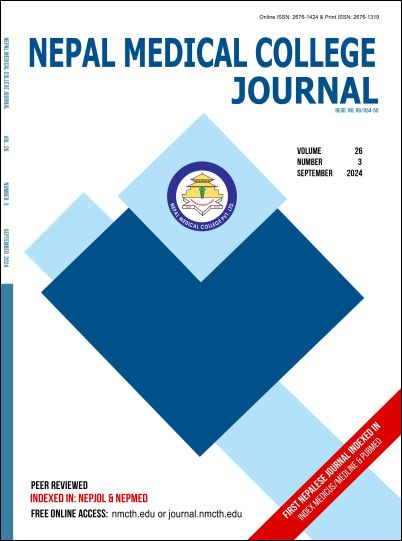Household Waste Segregation in a Ward of a Budhanilkantha Municipality, Kathmandu, Nepal
DOI:
https://doi.org/10.3126/nmcj.v26i3.69883Keywords:
Waste, Segregation, Budhanilkantha, WardAbstract
The process of urbanization, which is perceived as a sign of progress, results increased number of households and their increased consumption of goods and services. This increases the volume of daily household waste which if not properly managed, can lead to various diseases and epidemics. Segregation of household waste into biodegradable and non-biodegradable wastes can make household waste management easier as the biodegradable waste whose proportion is more than 60 % of the daily household waste, can be managed at household or local level. Similarly, a large proportion of non-biodegradable waste can be recycled. This would remove great burden faced by the distant landfill sites where urban wastes are disposed on a regular basis. A study done in a ward of Budhanilkantha Municipality, an urban municipality of Kathmandu valley, which involved 592 households showed that 65% of the total households practiced waste segregation. However, the practice of household waste segregation was not significantly associated with different levels of education status or the monthly income of the family. It was also not significantly associated with the presence of open area around the house.
Downloads
Downloads
Published
How to Cite
Issue
Section
License
Copyright (c) 2024 Nepal Medical College Journal

This work is licensed under a Creative Commons Attribution 4.0 International License.
This license enables reusers to distribute, remix, adapt, and build upon the material in any medium or format, so long as attribution is given to the creator. The license allows for commercial use.




